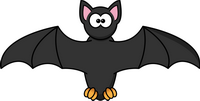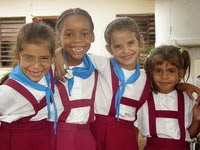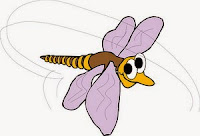Ever since they
were introduced in Victorian times, school uniforms have been a contentious
subject. In this discussion text I will
look at both sides of the argument – why some teachers love them, and why most
kids don’t.
Supporters of
school uniform argue that fashionable clothes, and arguing about whose clothes
are nicer, can distract children from their schoolwork. In addition, they say
that school uniform makes everyone look the same, whereas if you let children
wear their own clothes it would be obvious whose parents had lots of money and
whose did not. The poorer children might get bullied, they claim. Furthermore, the more fashion-conscious
children might not want to risk getting their own clothes dirty or torn, so they
might not want to do activities such as art.
Many teachers
feel that school uniform is good for discipline and makes the children feel
part of the school. They maintain that on school trips, it is easier to check
all the children are present if they are wearing school uniform. What’s more,
some adult jobs (e.g. flight attendants, nurses or policemen) involve wearing a
uniform, so children might as well get used to it early. Finally, school
uniform makes life easier for busy parents because they know exactly what their
child is going to wear each day, and they know they’re not going to get into
any argument about whether a certain garment is suitable to wear to school!
Critics of
school uniform argue that making children wear exactly the same clothes stifles
their individuality and creativity. In some countries, like France and America,
school uniform is almost unheard of. Most adults do not have to wear a
uniform to work and would be horrified if their bosses suggested it, so why
should children have to wear one to school? Furthermore, some schools insist
that uniforms are bought from a certain shop, and this can be expensive. Poorer
children would have to buy their uniforms second-hand which could embarrass
them. Moreover, the style of school uniform does not suit everyone. I was a
chubby child and looked atrocious in the white shirt, bottle-green jumper and
black skirt my school insisted I wear. Maybe I would have been more
self-confident in my own clothes?
There are yet more
problems with school uniform. Everyone wearing the same clothescan lead to lots of lost property because there might be five blue fleeces
left in the playground and nobody knows who they belong to. Children would
recognise their own clothes much easily. What’s more, children don’t argue over
clothes on non-uniform days, so why would they tease each other if they wore
their own clothes all the time? Finally, the point about children wearing
school uniform so they can be spotted easily on school trips isn’t true because
children often wear their own clothes on outings.
In conclusion,
there are advantages and disadvantages about wearing uniform AND wearing
ordinary clothes to school. On balance, although I hated wearing school uniform
myself, I think there are probably more arguments in favour of school uniform.
They do stop arguments in the playground, they do make life easier for busy parents,
but most of all they let children get on with being children because they’re
not worried about messing their nice clothes up.





